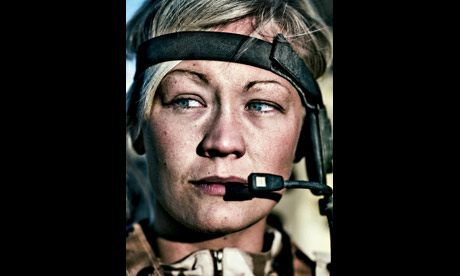The compositions will have to remain simple, almost deadpan, to ensure the image's tension is not lost. An attention to minutia and subtlety will ensure the technique's success. The work of Robert Mapplethorpe has become more important as my compositions begin to creep closer in depth; from full frame portraits including the area to dissected bodies and limbs framed against a clinical backdrop.







I have opted to present this set of images in black and white for a few reasons: firstly, the portraits they are modelled on were in monochrome and this makes it easier for the viewer to associate the image as being 'natural'; secondly, black and white prints hold a specific photographic verisimilitude in the history of the recorded image so the images' truth claims are enforced; lastly, a greater degree of tone and texture can be provided by the black and white image when processing the RAW file. I may change this aspect so the images are partially coloured so they resemble the work of Robert Wilson [see below].

Robert Wilson, Helmand
The reason for trying to maximise the detail in the images is to present the human qualities, such as hair follicles and pores, as hyperbole. This will contrast beautifully with the manufactured or mechanical attributes within the frame when printed or viewed large.

1 comment:
like these. and give some thought to devices that supplement our bodies such as corrective glasses and hearing aids. these are things that are virtually 'unseen' but are prosthetics.
Post a Comment